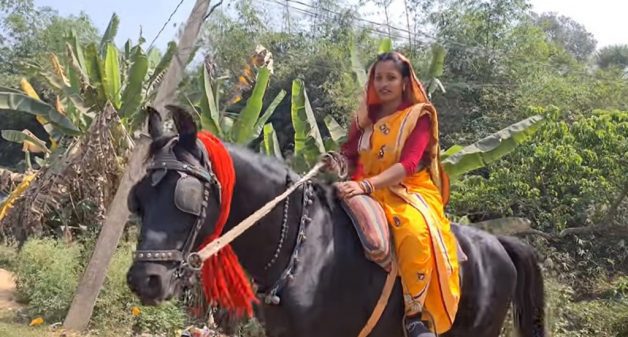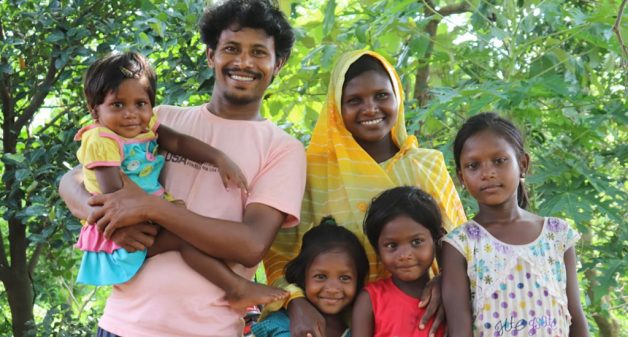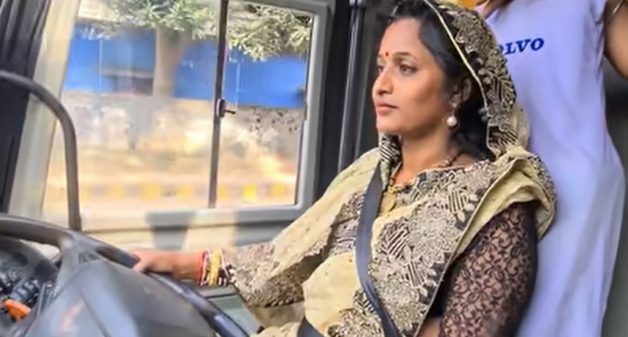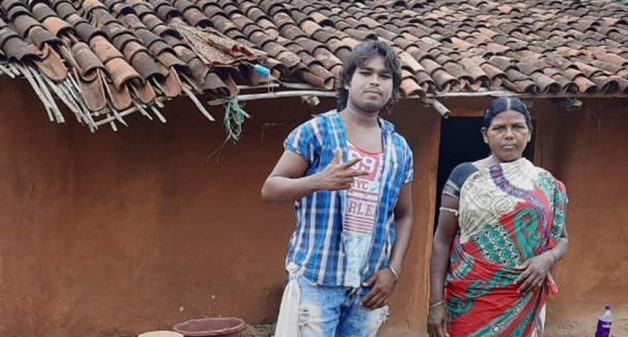
Rural social media stars showcase rustic charm
Pandemic spurs villagers to post videos of their rustic life, turning them into social media stars. In their own way, they’re bridging the rural-urban divide.

Pandemic spurs villagers to post videos of their rustic life, turning them into social media stars. In their own way, they’re bridging the rural-urban divide.
Who could have imagined images of a rural family enjoying a meal of vegetables and mushrooms foraged from the wild would enthral lakhs of viewers?
But the unedited, earthy videos that have cropped up during the pandemic, showcasing the charm of rural life, have hooked audiences. They have not only turned the subjects into social media celebrities but ambassadors of rural India as well.
A daily wage labourer sharing insights into his family life, a young village woman breaking stereotypes and a rural rapper are among Odisha’s social media stars.
Their posts break the monotony from chic fashion trends and urban delicacies, so it is not surprising their simple and rustic content has found a growing audience.
Showcasing food foraging and village delicacies
When Isak Munda’s children were watching cartoons on a mobile phone during the lockdown, the daily wage labourer from Sambalpur district of Odisha chanced upon a video about making money on YouTube. Intrigued, he researched the topic more and soon started his channel Isak Munda Eating.

Today Munda’s channel has over 8.4 lakh subscribers from 70 countries. Once struggling to make ends meet, he now earns a minimum of Rs 60,000 per month. With this new income he’s purchased many new household items and a goods carrier vehicle.
“My videos’ simplicity attracts people. I tell the truth or present facts here – a virtue my parents had taught me. So viewers know my videos are real and not merely to gain subscribers,” said Munda, who has studied till class VII.
His videos are about traditional cooking as well as food delicacies, family dining and rural lifestyle. In fact in July this year Prime Minister Narendra Modi even praised Munda for blending culture and cuisine.
A gutsy rural woman breaks myths
Affordable internet facilities have been penetrating remote rural pockets, enabling social media to shrink the urban-rural divide.
From Odisha’s Jajpur district 26-year-old Monalisa Bhadra offers a variety of content. Draped in a saree with the pallu covering her head, she feeds langur monkeys, rides a horse, drives a bus and a heavy, geared motorcycle.
Her husband, Badri Bhadra, has a background in visual media and so runs her YouTube channel Badri Narayan Bhadra. Though she started in 2016, the channel brought her to the limelight during the pandemic.

“There’s a misconception that rural women are backward. In my own way, I wanted to show women can do anything,” said Bhadra. “The videos show my daily life as it is. The saree is a part of Indian culture and it’s not a hindrance to my work.”
Her husband says that while many people did not object to her starting a YouTube channel, they were sceptical. Even he was not sure she would reach many viewers, never mind become popular.
“I didn’t think she would become a sensation, but I’m glad she is,” said Badri Bhadra. “The videos of her feeding stray animals have inspired others to take up similar initiatives.”
With over 2.59 million subscribers, her channel generates a few lakh rupees a month. The couple has decided to set aside some of their earnings to build a local veterinary hospital.
Youth raps about rural issues
Duleshwar Tandi, aka “Dule Rapper”, learnt from a friend that the songs he had been writing and singing since his school days were of the rap genre. So he listened to India’s popular artists to improve his own work.

Unable to find a job after graduation, he migrated to neighbouring Chhattisgarh and worked in a restaurant. The frustration of not finding a suitable job during the pandemic reflected in his writings. His content changed from songs about women and nature to heartfelt pieces about his angst over unemployment and other internal struggles.
“Angered by migrants’ hardships when the government announced the first lockdown, I quickly wrote a few lines about their plight, recorded on my mobile and posted on Facebook,” said Tandi. “It went viral. I was so happy. So I wrote more.”
Not well-versed with social media, he created accounts on several platforms with the help of friends. He became popular in no time.
Facing stardom’s flip side
While most success stories have helped rural youth sail through the uncertain pandemic period, it has not been smooth sailing with the flipside of stardom rearing its ugly head.
When Tandi became an overnight sensation rapping about migrants, the media highlighted his story. He received offers from renowned music directors and big agencies for collaboration, but did not take them.
“Initially, I wanted to stick to my original style. Though I got money, I hardly took up any offers. That was a huge mistake. Now I’ve exhausted all the money and am back to struggling,” he said. “My kind of rap has very few takers.”
To add to his woes, his YouTube channel was hacked and the promotional offers for monetary benefits have been put on hold.
Munda faces a different challenge, as several duplicate profiles in his name have sought financial help from the public.
“I have informed viewers to ignore such fake profiles,” said Munda. “It’s unfortunate that some people try to make easy bucks using my name.”
Tandi says people venturing into social media need to first have a better understanding of how it works and what the possible pitfalls could be.
“The social media space is very challenging. Anyone venturing into it should first understand it or be taught how to handle it,” said Tandi.
Still, the pitfalls have not dampened the enthusiasm of these social media stars and they continue to engage and entertain rural and urban viewers alike. In many ways they are the new ambassadors of rural India, helping bridge the gap between the village and the city.
Tazeen Qureshy is a freelance journalist based at Bhubaneswar.